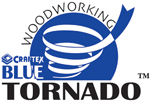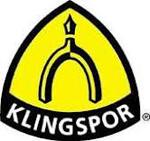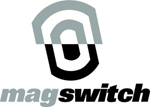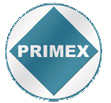Using the Dial Gauge
By: Gord Thorogood
The dial gauge can be a very useful tool, not only in the metalworking shop but in any type of machine shop where movements are monitored to the thousandths of an inch.
The dial gauge is available in a number of configurations but the two that are most common are the clock dial indicator which comes in different strokes and the test indicator which usually will operate both plus and minus. Digital gauges are also becoming increasingly popular.
The clock dial indicator will have a large dial usually with .001” graduations up to .100" and will have a smaller dial with .100" graduations that keeps count of the revolutions of the larger dial.
Because the dial gauge is not a measuring instrument in the true sense, but only measures the relationship of two or more surfaces or the surface of a rotating round piece. The dial bezel is designed to rotate and null out the dial when setting the gauge. The needle when at rest will show .010" - 015" below zero to allow the dial to be brought up to zero and if required the bezel can be rotated to fine tune the needle.
The test indicator is of a different design and has a stylus which moves through an arc relaying this motion to a dial usually graduated in .001" of an inch. The stylus can be used in a number of ways both in setting up machinery such as vertical mills or centering material in a lathe etc.
If the indicator is set up on a stand with an anvil it makes an excellent inspection unit and the tell- tales can be set to give plus and minus tolerances. These are just a few of the applications where a dial gauge will fill the bill. Determine your need and investigate to find the right style for your shop and you will be pleased with the ease of use and the accuracy obtained.
©Copyright 2010 by Busy Bee Machine Tools® Ltd. All rights reserved.





























